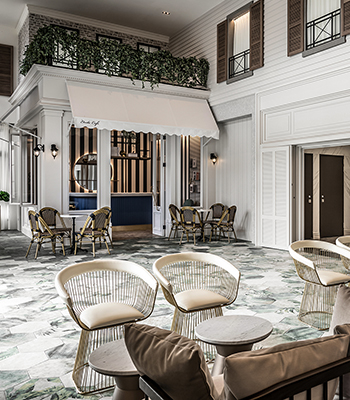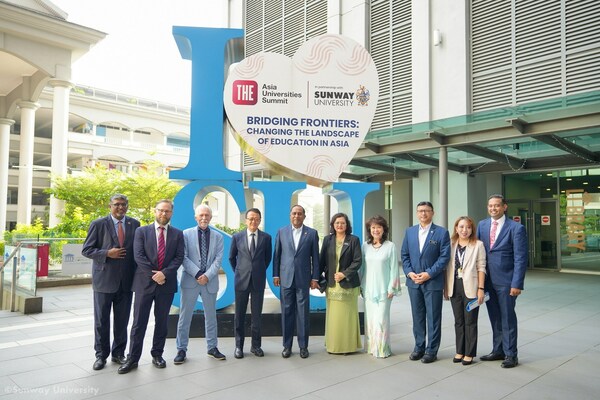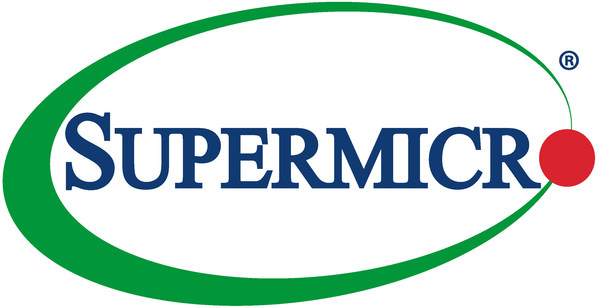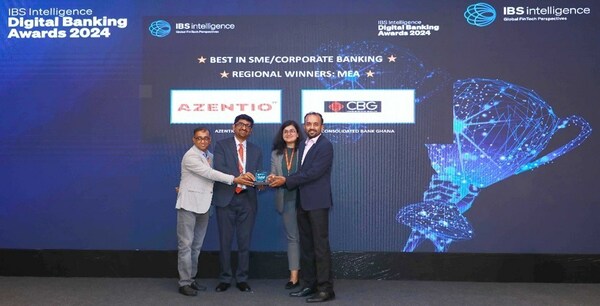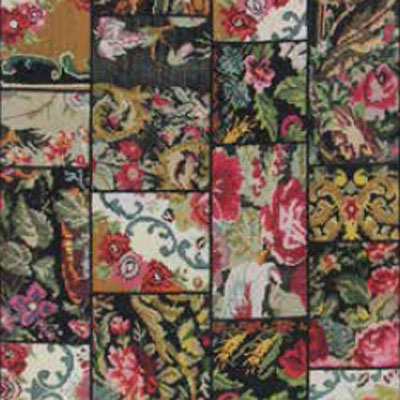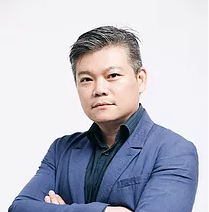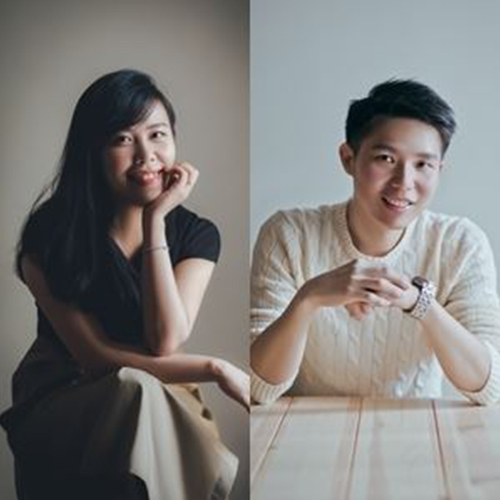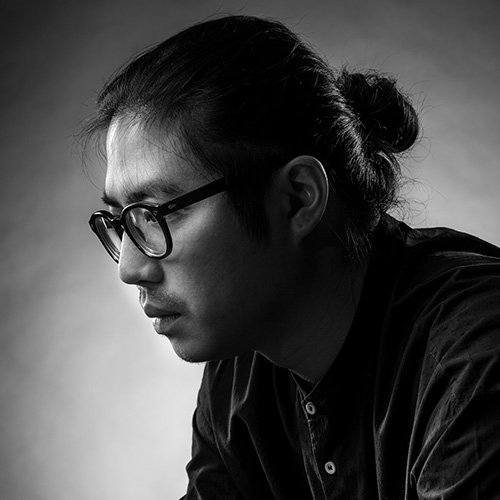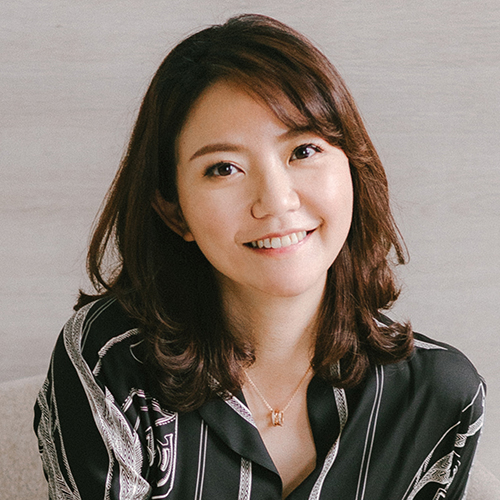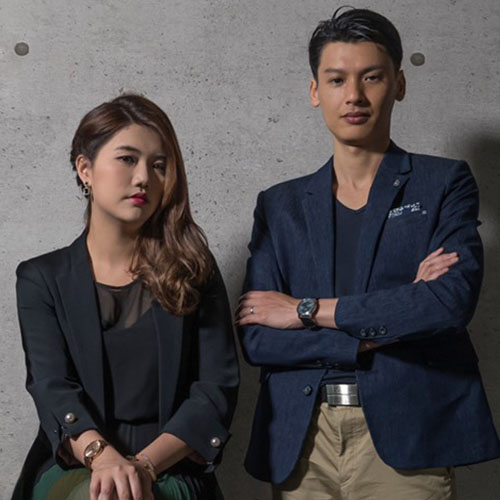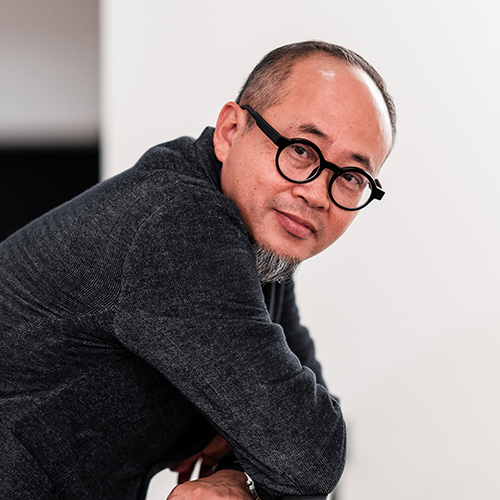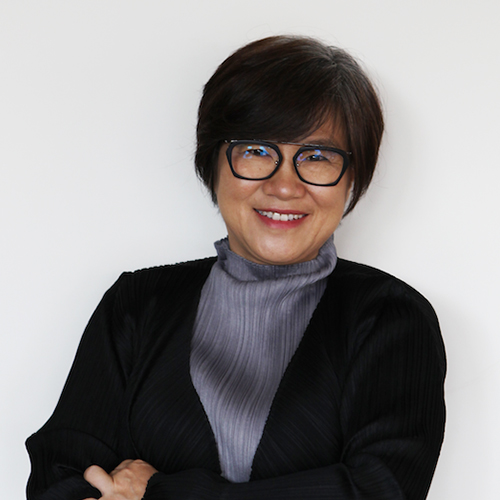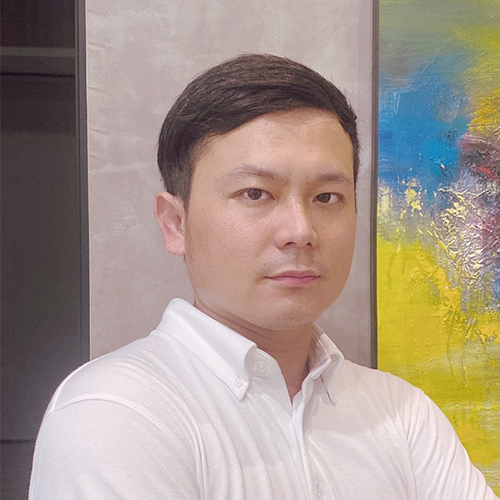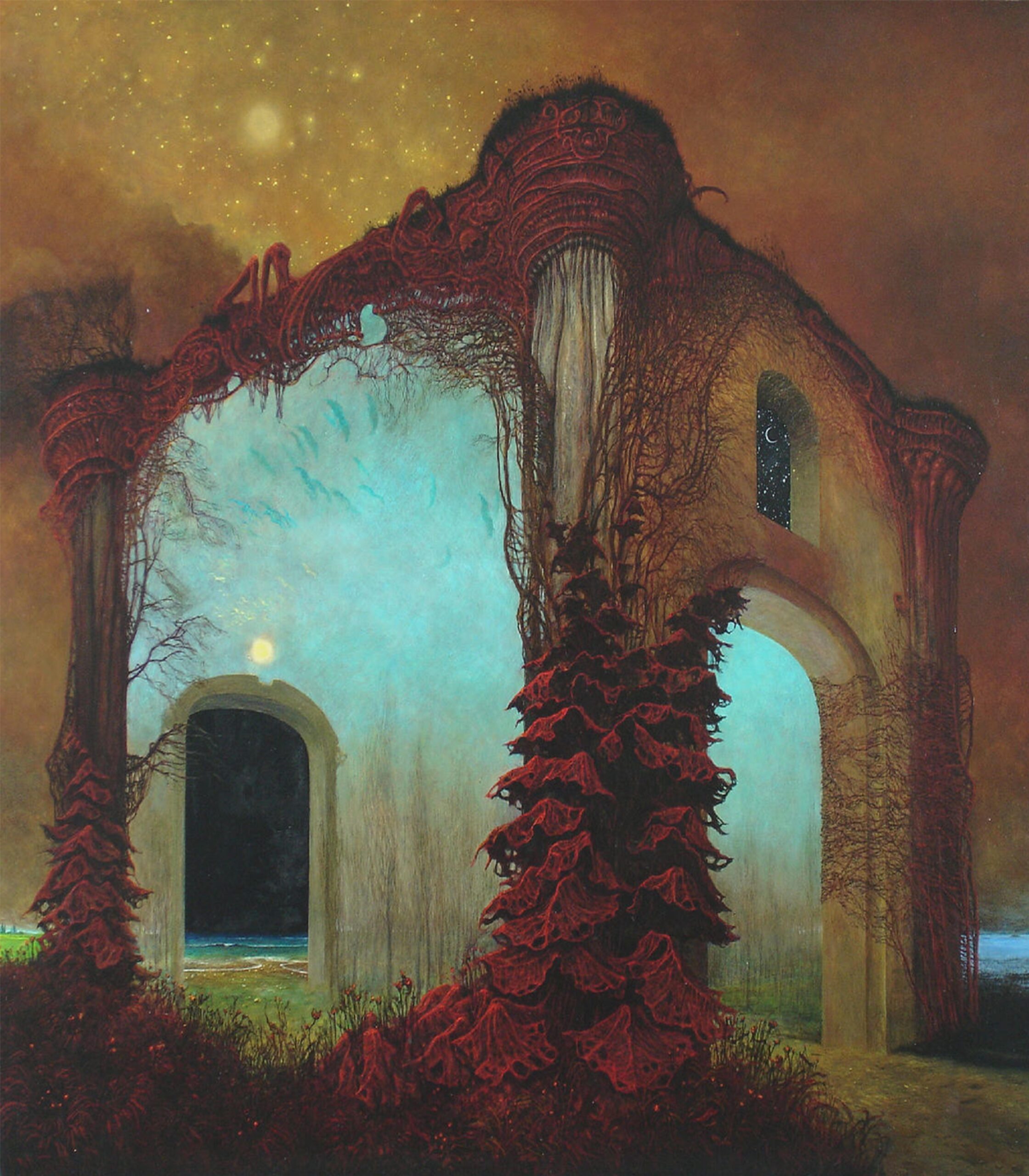
波蘭超現實主義夢境派大師:Zdzisław Beksiński
貝克新斯基(Zdzisław Beksiński)(1929年2月24日-2005年2月21日)是波蘭著名的畫家、攝影師和雕塑家。貝克新斯基以他所謂的「巴洛克式」或「歌德式」的方式來執行他的畫作。第一種風格以表現形式為主導,最著名的例子來自他夢幻般的現實主義時期,當時他繪製了一個超現實主義,噩夢般令人不安的圖像。第二種風格更為抽象,以形式為主導,這奠定了他之後畫作的風格。
Zdzisław Beksiński (24 February 1929 – 21 February 2005) was a renowned Polish painter, photographer, and sculptor. Beksiński executed his paintings and drawings either in what he called a ‘Baroque’ or a ‘Gothic’ manner. The first style is dominated by representation, with the best-known examples coming from his fantastic realism period when he painted disturbing images of a surrealistic, nightmarish environment. The second style is more abstract, being dominated by form, and is typified by Beksiński’s later paintings.

貝克新斯基出生在波蘭南部的Sanok鎮。在克拉科夫學習建築後,他於1955年回到Sanok。畢業後,他花了幾年他在工地擔任現場監督(儘管他十分討厭這份工作)。那時,他對藝術攝影和蒙太奇、雕塑和繪畫感興趣。他製作了石膏、金屬和金屬絲雕塑。他的攝影有幾個主題也將出現在他的未來繪畫中,呈現出皺紋的臉,風景和具有凹凸不平紋理的物體,他試圖強調這一點(尤其是通過操縱光和陰影)。他的攝影作品還描繪了令人不安的圖像,例如被撕毀的殘缺不全的娃娃的臉被撕毀、肖像的人沒有臉或被繃帶包裹著。後來,他專注於繪畫。他的第一批繪畫是抽象藝術,但在整個1960年代,他都更加彰顯了他的超現實主義靈感。
Beksiński was born in the town of Sanok, in southern Poland. After studying architecture in Kraków, he returned to Sanok in 1955. Subsequent to this education, he spent several years as a construction site supervisor, which he hated. At that time, he became interested in artistic photography and photomontage, sculpture and painting. He made his sculptures of plaster, metal and wire. His photography had several themes that would also appear in his future paintings, presenting wrinkled faces, landscapes and objects with a very bumpy texture, which he attempted to emphasize (especially by manipulating lights and shadows). His photography also depicted disturbing images, such as a mutilated baby doll with its face torn off, portraits of people without faces or with their faces wrapped in bandages. Later, he concentrated on painting. His first paintings were abstract art, but throughout the 1960s he made his surrealist inspirations more visible.
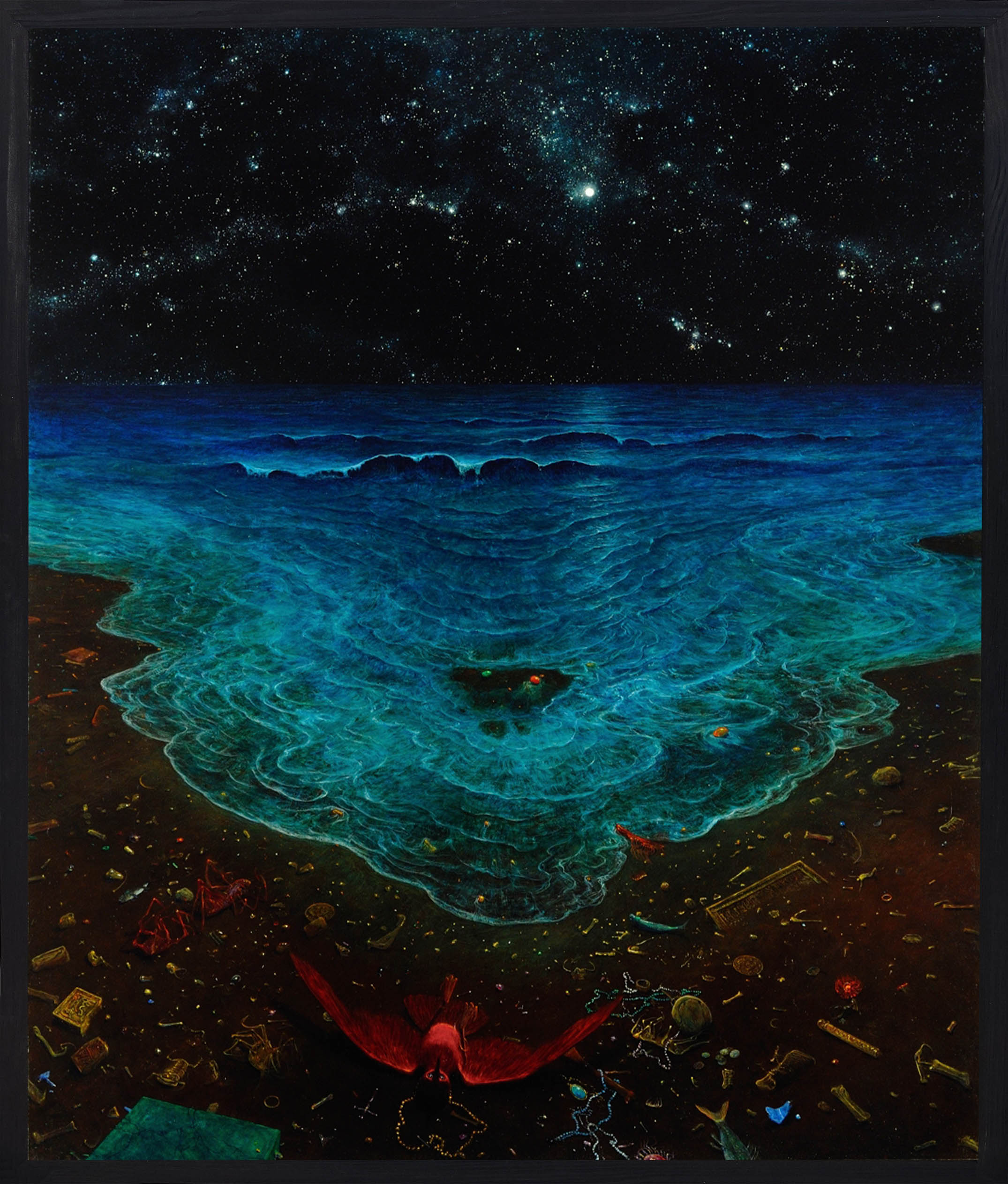
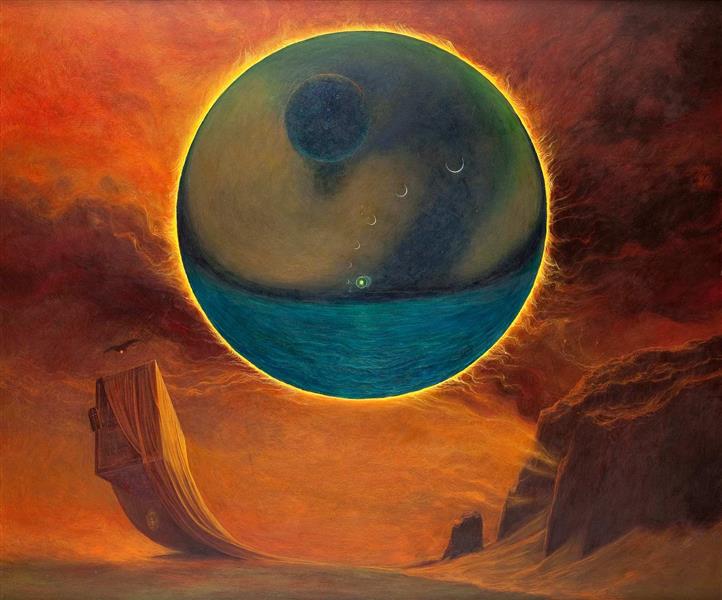
貝克新斯基沒有接受過藝術家的正式培訓。儘管他還嘗試過丙烯酸塗料,但他的繪畫主要使用他親自準備的硬木板上的油漆創作。他討厭安靜,在繪畫時總是聽古典音樂。儘管他熱愛古典音樂,但貝克新斯基也欣賞搖滾音樂。1964年在華沙舉行的一次著名展覽被證明是他的第一個重大成功,因為他的所有畫作都被出售。貝克新斯基熱衷於繪畫,並不斷努力(始終遵循古典音樂的風格)。他很快成為當代波蘭藝術的領軍人物。在1960年代後期,這位藝術家進入了他自己所謂的「夢幻時期」,這一時期一直持續到1980年代中期。這是他最著名的時期,在此期間他創作了非常令人不安的圖像,顯示了一個超現實的、末日後的環境,其中有非常詳細的死亡、衰落、佈滿骷髏、變形的人物和沙漠的風景。這些畫作非常細緻,並以他代表性的精確度進行了繪畫。當時,貝克新斯基宣稱:「我希望以一種幻想自己的方式繪畫。」
儘管語調嚴峻,但貝克新斯基聲稱他的一些作品被誤解了。在他看來,他們相當樂觀甚至幽默。不過,在大多數情況下,貝克新斯基堅稱即使他也不知道作品的含義,也不會對可能的解釋感興趣。為此,他拒絕提供任何他的繪畫或繪畫的標題。在1977年移居華沙之前,他在自己的後院燒掉了一部分作品,但沒有留下任何文件。後來他聲稱其中一些作品「太過私人」,而另一些則不盡理想,他不希望曝露在世人眼光下。
Beksiński had no formal training as an artist. His paintings were mainly created using oil paint on hardboard panels which he personally prepared, although he also experimented with acrylic paints. He abhorred silence, and always listened to classical music while painting. Although he loved classical music, Beksinski appreciated rock music as well.A prestigious exhibition in Warsaw in 1964 proved to be his first major success, as all his paintings were sold. Beksiński threw himself into painting with a passion, and worked constantly (always to the strains of classical music). He soon became the leading figure in contemporary Polish art. In the late 1960s, Beksiński entered what he himself called his “fantastic period”, which lasted up to the mid-1980s. This is his best-known period, during which he created very disturbing images, showing a surrealistic, post-apocalyptic environment with very detailed scenes of death, decay, landscapes filled with skeletons, deformed figures and deserts. These paintings were quite detailed, painted with his trademark precision. At the time, Beksiński claimed, “I wish to paint in such a manner as if I were photographing dreams”.
Despite the grim overtones, Beksiński claimed some of his works were misunderstood; in his opinion, they were rather optimistic or even humorous. For the most part, though, Beksiński was adamant that even he did not know the meaning of his artworks and was uninterested in possible interpretations; in keeping with this, he refused to provide titles for any of his drawings or paintings. Before moving to Warsaw in 1977, he burned a selection of his works in his own backyard, without leaving any documentation on them. He later claimed that some of those works were “too personal”, while others were unsatisfactory, and he didn’t want people to see them.
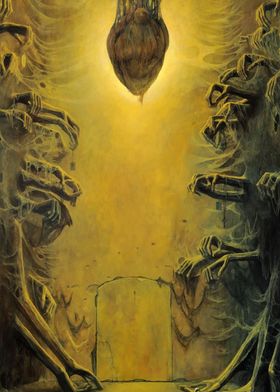
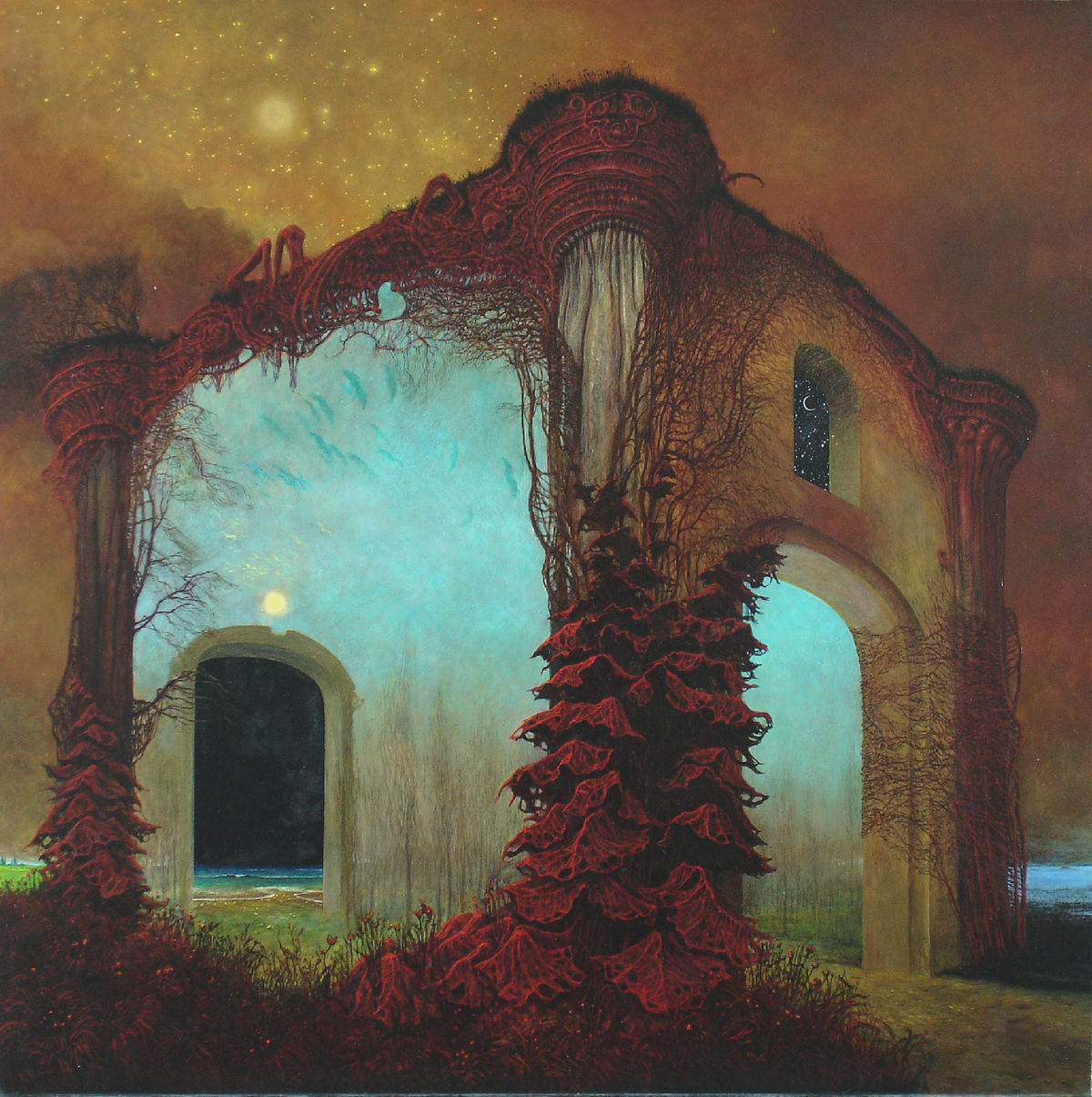
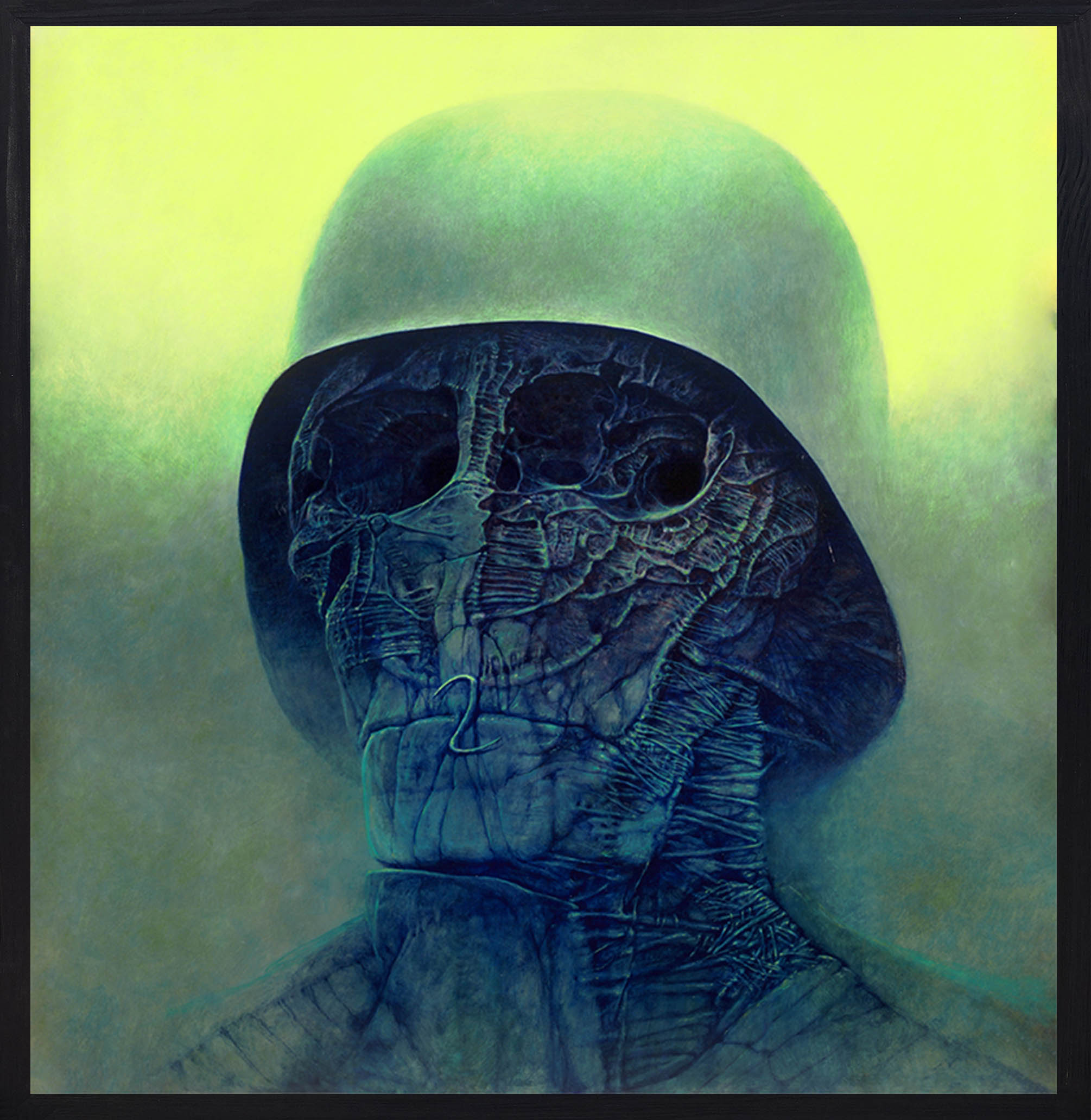

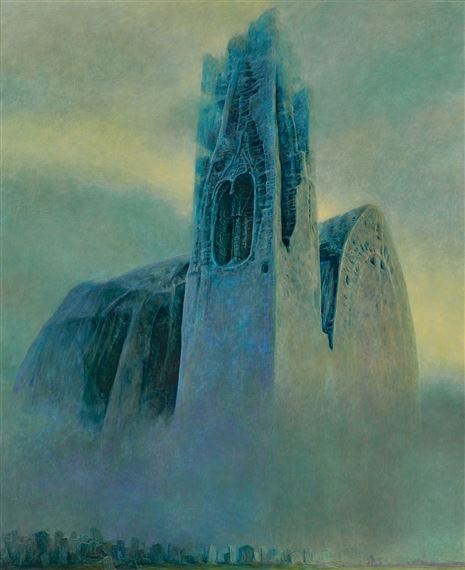


1980年代標誌著貝克新斯基的短暫時期。在此期間,由於皮奧特・德莫喬夫斯基(Piotr Dmochowski)的努力,他的作品在法國變得更加流行,並且在西歐、美國和日本獲得了廣泛的知名度。他在1980年代末和1990年代初的藝術專注於以受限(且經常柔和)的調色板(包括一系列十字架)呈現的紀念性或雕塑般的圖像。這些風格的繪畫通常看上去似乎是用彩色線條密集地勾勒出來的,比起他的「幻想時期」所知道的那些繪畫,其奢華程度要低得多,但同樣具有震撼力。 1994年,貝克新斯基解釋:「我正朝著更加簡化背景的方向發展,與此同時,人物的繪畫也出現了相當程度的變形,這些人物看上去不會有著自然的光影。 我追求的是那種『一眼就能認出這是我的作品』的強烈風格。」在1990年代後期,他發現了電腦、網路、數位攝影和照片處理程序,直到他去世,他一直專注於研究這種媒介。
The 1980s marked a transitory period for Beksiński. During this time, his works became more popular in France due to the endeavors of Piotr Dmochowski, and he achieved significant popularity in Western Europe, the United States and Japan. His art in the late 1980s and early 1990s focused on monumental or sculpture-like images rendered in a restricted (and often subdued) color palette, including a series of crosses. Paintings in these style, which often appear to have been sketched densely in colored lines, were much less lavish than those known from his “fantastic period”, but just as powerful. In 1994, Beksiński explained “I’m going in the direction of a greater simplification of the background, and at the same time a considerable degree of deformation in the figures, which are being painted without what’s known as naturalistic light and shadow. What I’m after is for it to be obvious at first sight that this is a painting I made”. In the latter part of the 1990s, he discovered computers, the Internet, digital photography and photomanipulation, a medium that he focused on until his death.
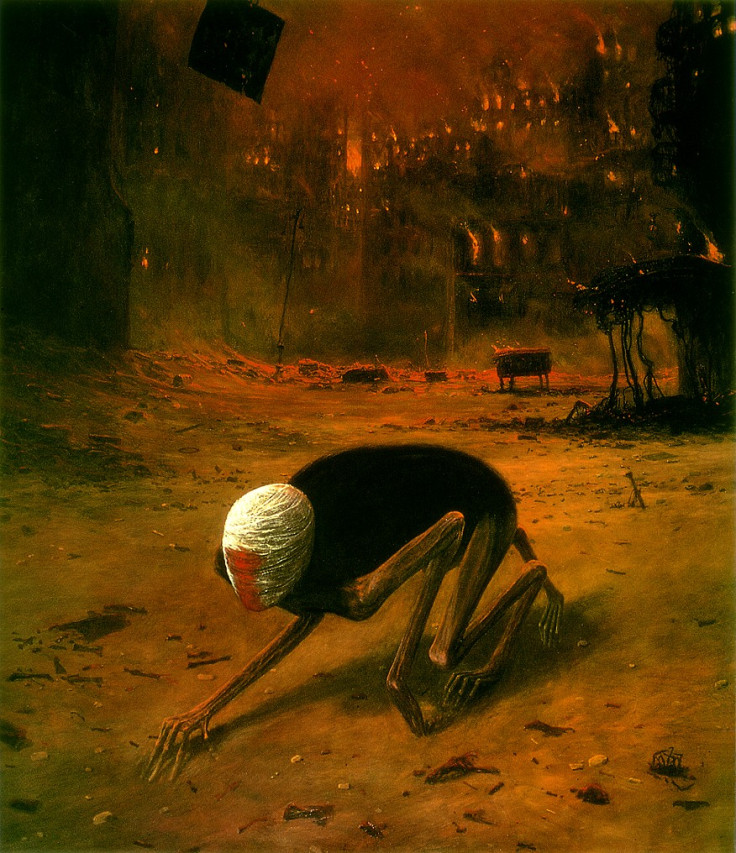
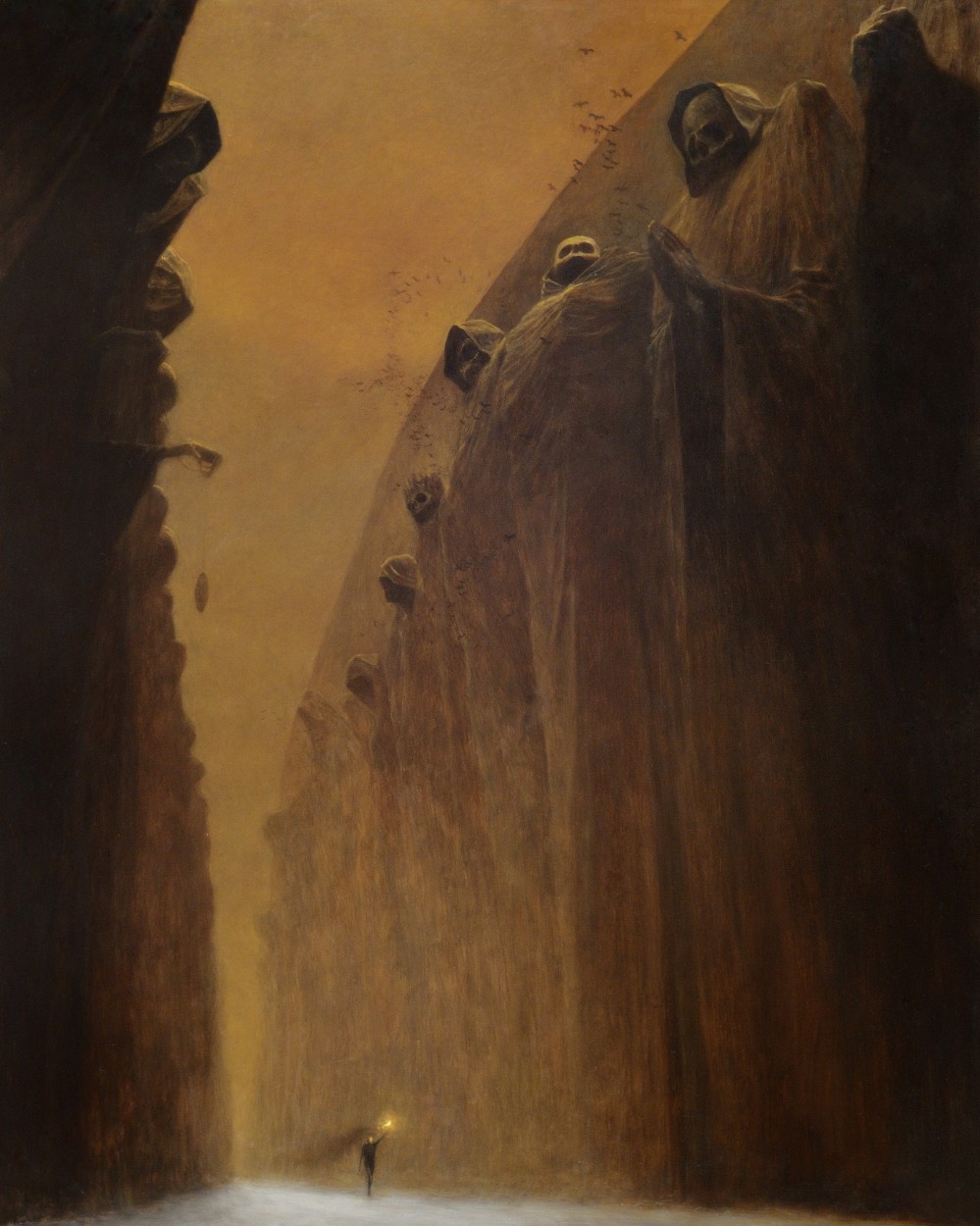
2005年2月21日,貝克新斯基在華沙的公寓中被發現死亡,身上有17處刺傷。確定其中兩個傷口是致命的。羅伯特・K(Robert K)後來認罪,並與一名朋友在犯罪後不久被捕。 2006年11月9日,兇手羅伯特・K被判處25年徒刑,其同夥Łukasz K.被華沙法院判處5年徒刑。兇手行兇的動機僅是因為貝克新斯基拒絕借給羅伯特・K 幾百茲羅提(約100美元)。波蘭的薩諾克(Sanok)鎮設有一座專門紀念貝克新斯基的博物館。擁有數百幅畫作和數百幅素描的博物館。2012年5月18日,在地區發展部長Elżbieta Bienkowska和其他人的參與下,貝克新斯基新畫廊在城堡的重建翼樓舉行了開幕式。新畫廊已於2012年5月19日向公眾開放。在內華達州沙漠中矗立著一個藝術家作品中經常出現的特殊T形的「Beksiński貝克新斯基十字架」。
On 21 February 2005, Beksiński was found dead in his flat in Warsaw with 17 stab wounds on his body; two of the wounds were determined to have been fatal. Robert K. (the teenage son of his longtime caretaker), who later pleaded guilty, and a friend were arrested shortly after the crime. On 9 November 2006 Robert K. was sentenced to 25 years in prison, and his accomplice, Łukasz K., to 5 years by the court of Warsaw. Before his death, Beksiński refused a loan to Robert K. a few hundred złotys (approximately $100). The town of Sanok, Poland, houses a museum dedicated to Beksiński. A museum housing hundreds of paintings and hundreds of drawings On 18 May 2012 with the participation of Minister of Regional Development Elżbieta Bienkowska and others took place ceremonial opening of The New Gallery of Zdzisław Beksiński in the rebuilt wing of the castle. On 19 May 2012 The New Gallery has been opened for the public. A ‘Beksiński cross’, in the characteristic T-shape frequently employed by the artist, stands in the Nevada desert.



